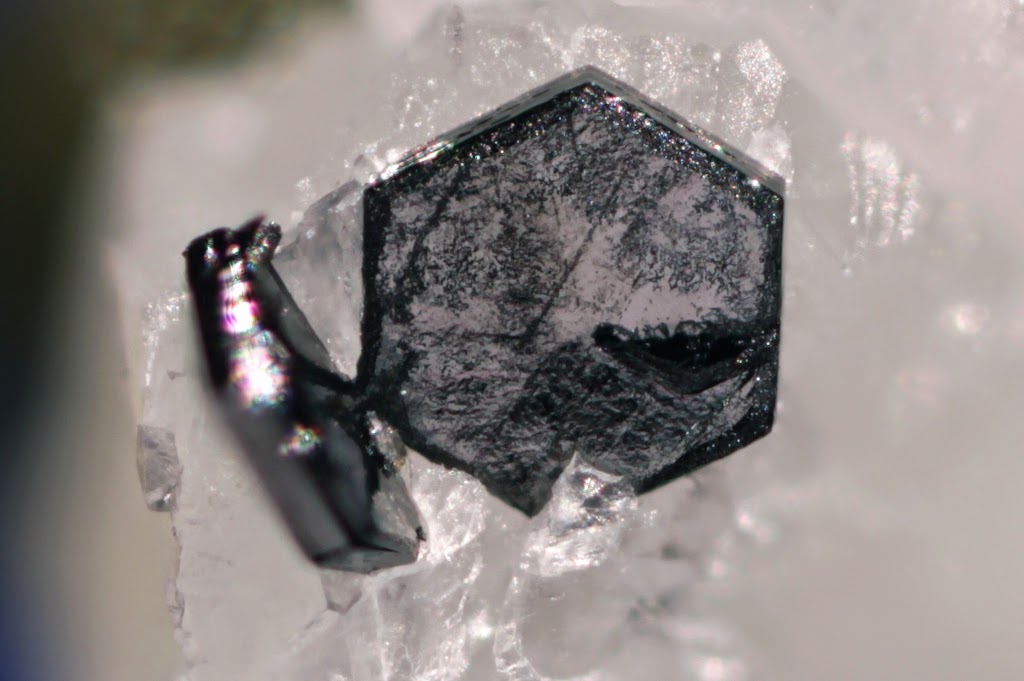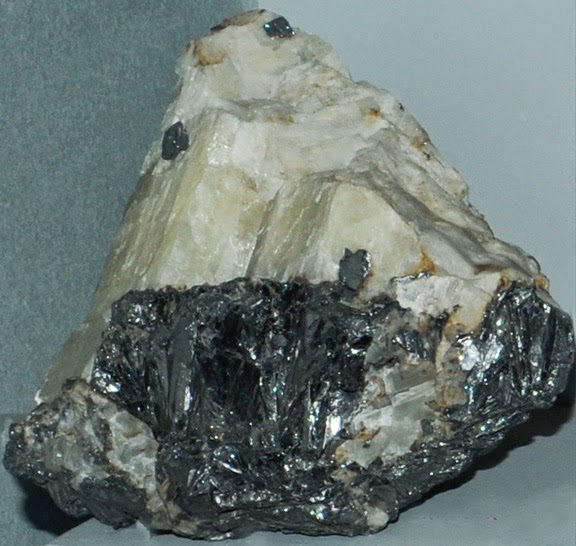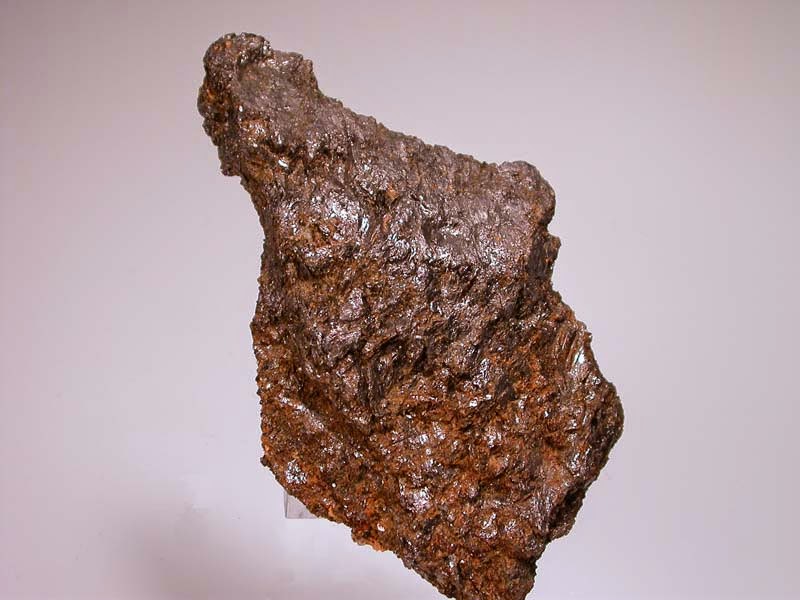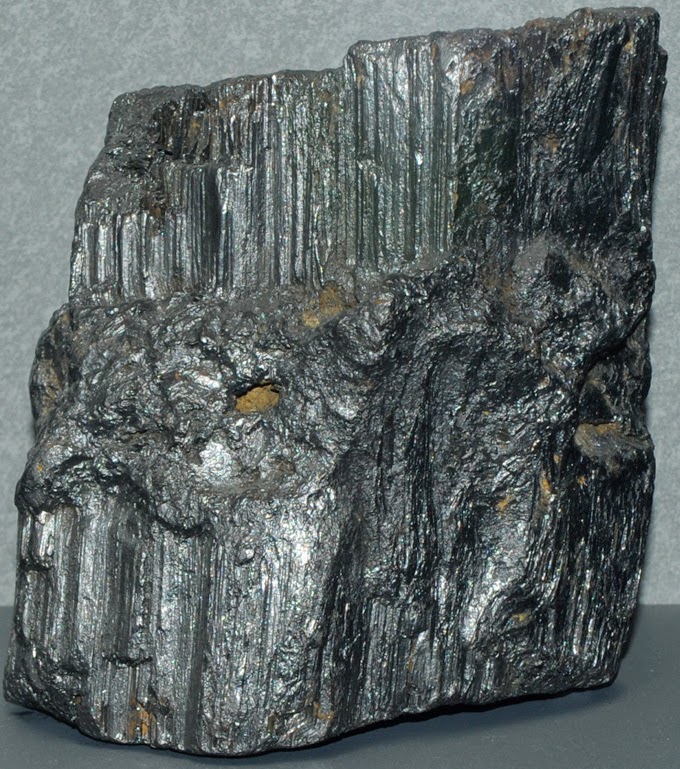
Chemical Formula: C
Locality: Ticonderoga, New York. Madagascar and Ceylon.
Name Origin: From the Greek, graphein, “to write.”
Graphite is made almost entirely of carbon atoms, and as with diamond, is a semimetal native element mineral, and an allotrope of carbon. Graphite is the most stable form of carbon under standard conditions. Therefore, it is used in thermochemistry as the standard state for defining the heat of formation of carbon compounds. Graphite may be considered the highest grade of coal, just above anthracite and alternatively called meta-anthracite, although it is not normally used as fuel because it is difficult to ignite.
Occurrence
Graphite occurs in metamorphic rocks as a result of the reduction of sedimentary carbon compounds during metamorphism. It also occurs in igneous rocks and in meteorites. Minerals associated with graphite include quartz, calcite, micas and tourmaline. In meteorites it occurs with troilite and silicate minerals. Small graphitic crystals in meteoritic iron are called cliftonite.
According to the United States Geological Survey (USGS), world production of natural graphite in 2012 was 1,100,000 tonnes, of which the following major exporters are: China (750 kt), India (150 kt), Brazil (75 kt), North Korea (30 kt) and Canada (26 kt). Graphite is not mined in the United States, but U.S. production of synthetic graphite in 2010 was 134 kt valued at $1.07 billion.
Physical Properties
Cleavage: {0001} Perfect
Color: Iron black, Dark gray, Black, Steel gray.
Density: 2.09 – 2.23, Average = 2.16
Diaphaneity: Opaque
Fracture: Sectile – Curved shavings or scrapings produced by a knife blade, (e.g. graphite).
Hardness: 1.5-2 – Talc-Gypsum
Luminescence: Non-fluorescent.
Luster: Sub Metallic
Magnetism: Nonmagnetic
Streak: black
Photos :













